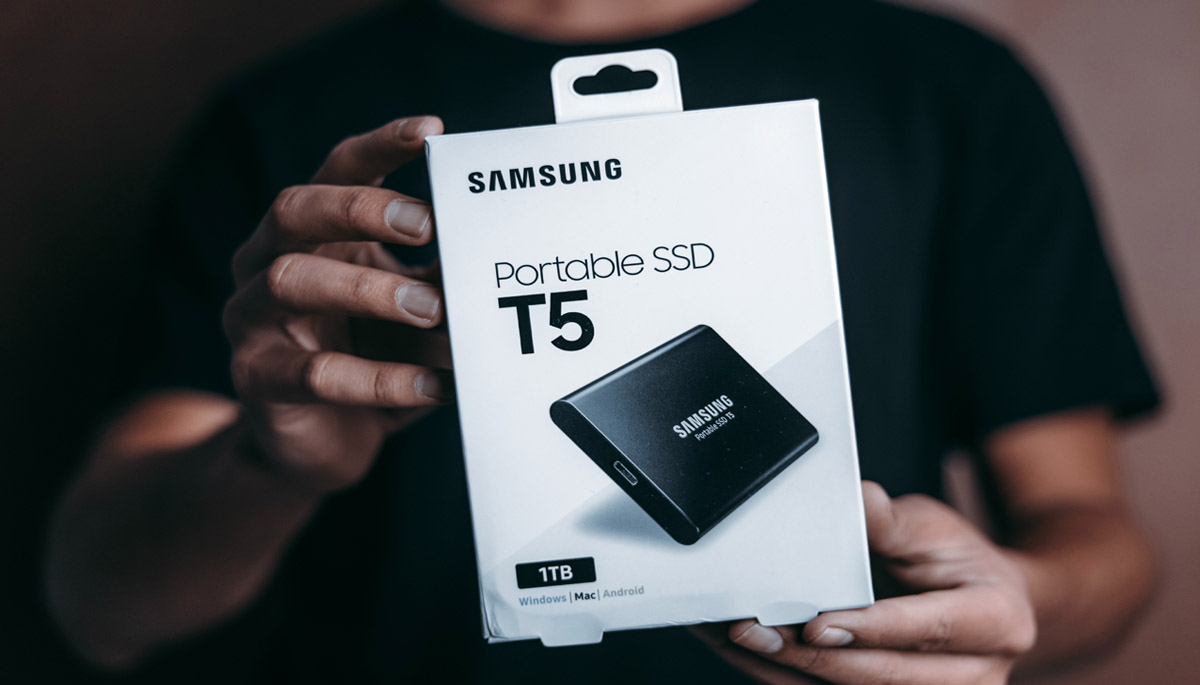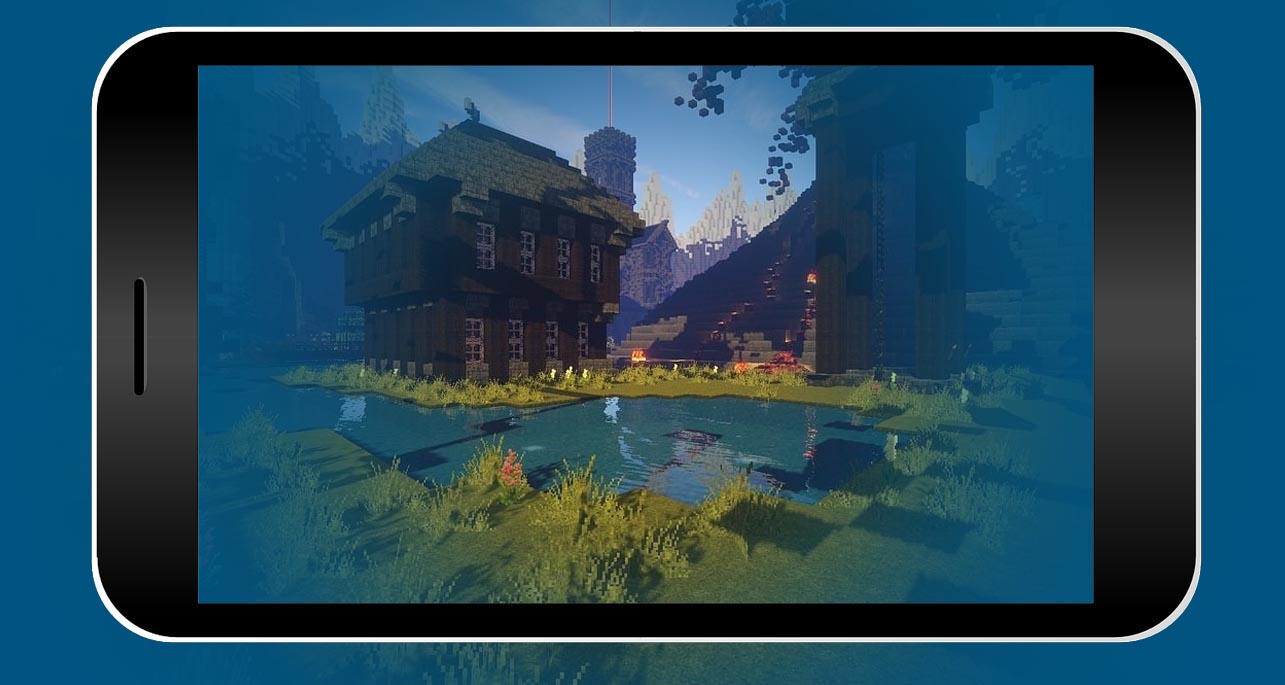Sometimes Windows 10 doesn’t recognize your SSD and here you may look for the solutions Why my SSD not showing up in windows 10. Well guys, to troubleshoot this issue we have researched a lot and found some ways that you can easily follow and fix it for free!
Before to continue, I want to let you know that the Solid state drive is a good and recommendable storage when you need a fast speed. These days many people and manufactures are using SSD as it is the faster, slimmer, and cheaper storage product and good for those who do heavy work.
People can now browse more quickly, edit and render larger videos files, setup the server and other heavy time consumable tasks very quickly. But what happens if your SSD isn’t visible in Disk Management or Windows Explorer? It’s possible that you won’t be able to access anything on the drive.

Table of Contents
Why my SSD not showing up in the Disk Management?
There are several reasons why your SSD not detected in File Explorer, Device Manager, or Disk Management. Here we are going to share those that commonly caused this issue.
- You’ve just put in a new SSD that hasn’t been initialized yet.
- There is no partition in place.
- The system does not recognize the partition.
- When a drive is partitioned, SSD is not detected
How to fix SSD not showing up?
#1. Set up your SSD
- To use the Run tool, hold down the Windows + R keys on your computer.
- Type compmgmt.MSC into the Open area and press the Enter key.
- You will notice a small dialogue box that states, “You must initialize a disc before Logical Disk Manager can access it” if you haven’t done so already.
- On the left, select the Disk Management option.
- Locate the SSD that has to be initialized, right-click it, and select Initialize Disk from the menu.
- This is to resolve the new SSD not showing up in Disk Administration, caused by the SSD not being initialized.
#2. Run a Partition Recovery procedure.
To fix the SSD not found issue in Disk Management and File Explorer, you can recover lost data during SSD partitions. These SSD data could be the key to reinstalling Windows Explorer on your SSD. You’ll need data recovery software if you want to do this.
#3. Make SSD Partitions Visible
- Open the Run dialogue box (Windows + R), type diskmgmt. MSC, and then click OK.
- Open the Run command (Windows + R), type diskmgmt.MSC, and click OK.
- Change Drive Letter and Path by right-clicking the hidden partition.
- Select Add in the resulting dialogue box to assign a drive letter to the hidden partition.
- When you’re finished, click OK.
#4. Troubleshoot SSD or Hard Disk hardware issues.
- Go to the Control Panel and click on it. You can look for it in your Taskbar’s search bar.
- Type Troubleshooting into the Control Panel search field and the Troubleshooting settings will appear at the top. It should be opened.
- Type Troubleshooting into the Control Panel’s search bar.
- Select Hardware and Devices from the left panel’s View All option.
- Click the Next button and follow the on-screen instructions.
#5. Refresh the Storage Controllers and drivers for controllers
To create room for new hard drives, the system must identify the purpose. You’ll need the most recent IDE ATA drivers and Motherboard storage controllers for this, and here’s how to get them:
- You must have access to the internet. Then, using the command devmgmt.MSC, open Device Management using the Run tool (Windows + R).
- To save the changes, restart your computer.
So, this how to fix SSD not showing up in windows 10. If you know any other way to troubleshoot this then please let us know in the comment section below and don’t forget to share it with others.





